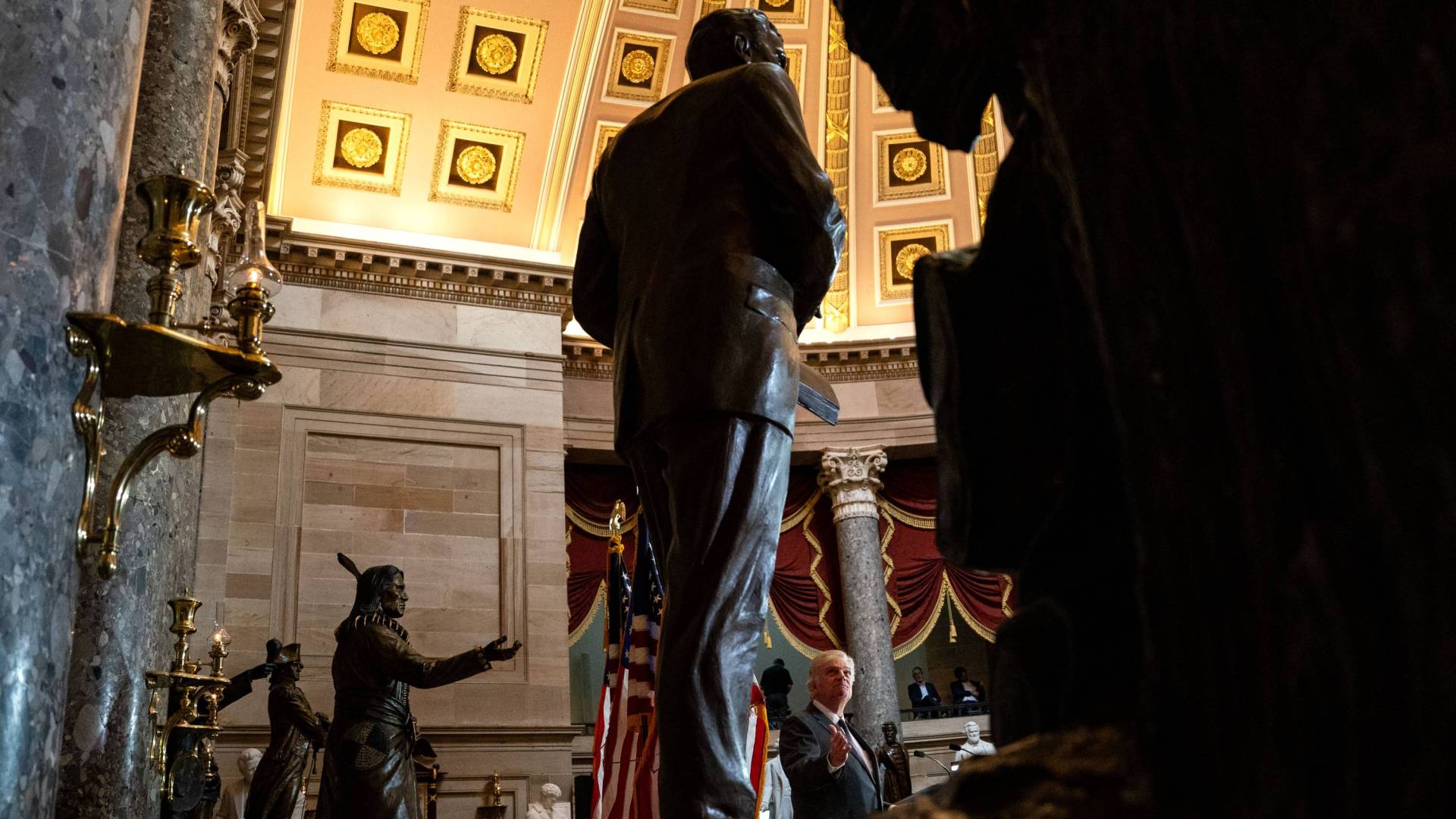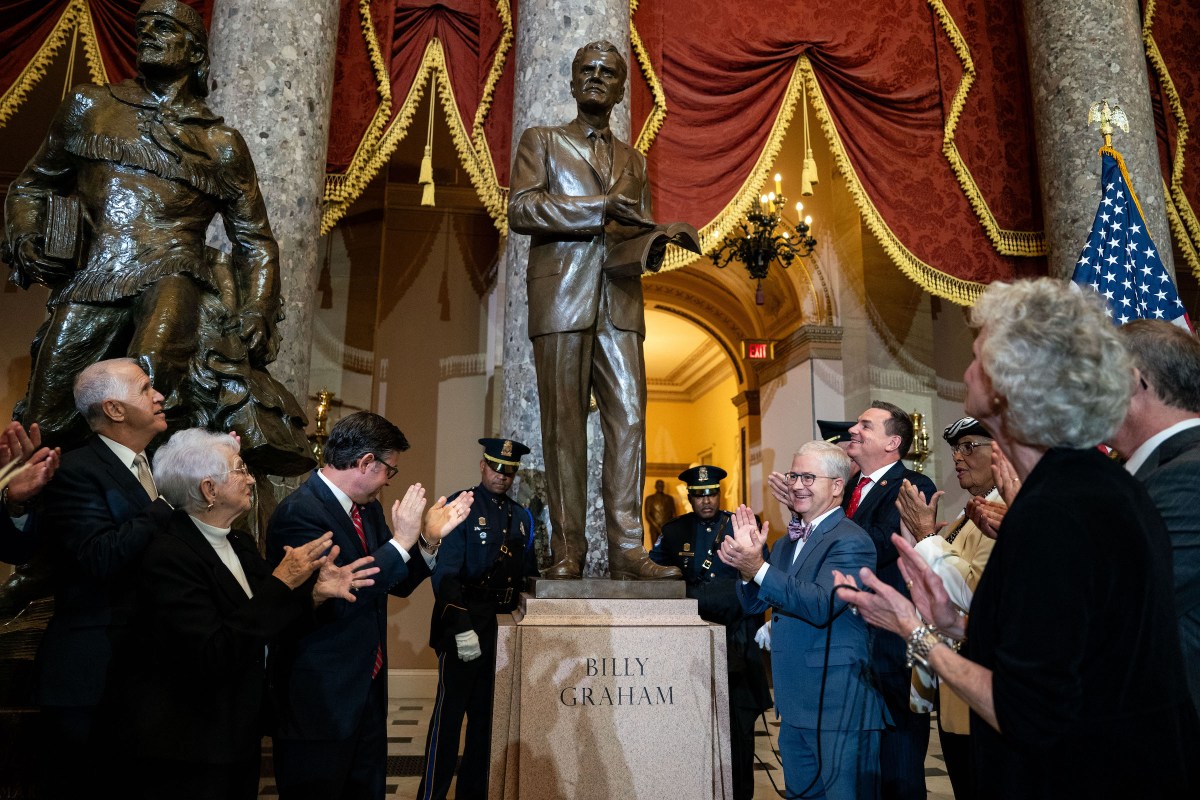The accreditation agency for over 2,700 evangelical nonprofits wants to raise its standards to address “one of the greatest financial risks” posed to churches and ministries today: moral failures by leadership.
For decades, the Evangelical Council for Financial Accountability (ECFA) has established guidelines around financial transparency, stewardship, and governance. This year, the organization announced plans to add a new requirement to address the integrity and character of a ministry’s leaders.
It’d be the biggest change to ECFA’s standards in 45 years.
First introduced in March 2024, the proposed standard states, “Every organization shall proactively care for its leader and support the integrity of its leader in conformity with ECFA’s Policy for Excellence in Supporting Leadership Integrity.”
ECFA members and experts in the Christian nonprofit agree with the idea of the new standard but aren’t sure exactly how to implement it.
In an interview with Christianity Today, ECFA president and CEO Michael Martin likened the standard to a guardrail. While no written policy or accountability measure could eliminate sinful behavior by leadership—each leader ultimately bears responsibility for their own integrity—organizations can be doing more to help keep them in check.
“There’s consensus around the idea … that the board has an opportunity and responsibility to come alongside a leader to help leaders be in a position where they can best thrive,” Martin said.
In 2021, ECFA surveyed more than 800 of its member ministry leaders and board chairs, and 94 percent said leadership failures are impacting donor trust. Respondents also said they needed more resources for supporting the integrity of ministry leaders and wanted ECFA’s help.
A three-page commentary on the new standard includes the following direction for member churches and ministries:
- The board, or a board committee, should meet at least annually with the leader to discuss how the board “can provide appropriate support in proactively caring for the integrity and well-being of the leader as a whole person.”
- The leader is responsible for “investing in their relationship with Jesus and guarding their heart (Prov. 4:23), striving to live above reproach in the biblical expectations for leaders (1 Tim. 3:1–7; Tit. 1:6–9), and submitting in a spirit of love and humility (1 Pet. 5:1–6) to the care and support offered to the leader by the ministry’s board.”
- The board should also ask the leader about the leader’s commitment to upholding biblical integrity principles, as outlined in a written code of conduct. According to the commentary, leaders ought to demonstrate traits like humility, growth, and the fruit of the Spirit. The board is then responsible for documenting these conversations in its minutes.
ECFA accreditation can provide a level of assurance to donors and participants, but it does not exempt a ministry from high-profile moral failings. In 2021, ECFA terminated RZIM’s membership because the ministry’s resources “were improperly used in relation to sexual abuse and misconduct by the ministry’s late founder,” Ravi Zacharias.
In 2019, Harvest Bible Chapel lost its standing with ECFA in the wake of controversy over founding pastor James MacDonald, which culminated with his firing.
Last month, Pursuit Church in Denver, North Carolina, an ECFA member, fired a pastor for sexual misconduct. Pursuit Church remains an ECFA member.
Scott Rodin believes ECFA’s approach to leadership integrity represents the kind of “holistic thinking” that keeps ministry leaders and boards in healthy relationships.
Rodin is a senior consultant and chief strategy officer with The FOCUS Group, which helps faith-based organizations connect with their donors. He said leadership failures have a ripple effect through ministries, impacting employees, donors, and the larger community that ministries are trying to reach.
Though the emotional, spiritual, and physical well-being of a ministry leader might not seem directly connected to donor trust, Rodin believes the health of a leader is reflected in the health of the organization. He said the proposed standard represents the kind of thoughtful work that boards of directors should be doing in the first place.
“A leader’s relationship with God, with themselves, their neighbors—it has a massive impact on how they do their work,” he said. Leaders encounter opportunities for compromise every day, Rodin said. “Fuzzy ethical edges turn into cliffs really quickly.”
Since announcing the proposed standard in early March, ECFA has solicited feedback from members through a form on the ECFA website. Martin said most of the organizations that have responded have affirmed the need for such a standard and asked ECFA for guidance on what implementation should look like.
The integrity standard would be eighth on ECFA’s list of standards of responsible stewardship. The seven existing standards cover doctrinal integrity, governance, financial oversight, legal compliance, financial transparency, compensation and third-party transactions, and stewarding financial gifts. ECFA did not specify the kind of integrity questions a board should ask a ministry CEO.
Frank Sommerville appreciates the intent behind the standard, but he says it is unclear what compliance should look like. As a practicing lawyer and CPA, Sommerville’s clients, about 70 percent of whom are faith-based organizations and ministries, are contacting him for advice about implementation.
“I applaud the effort of ECFA to address the issue of leadership integrity. I have seen in my 30-plus years that the lack of integrity in the senior leader can harm or destroy an organization,” he said.
Still, he wonders how ministries will implement a standard that ECFA intentionally left vague and open to many interpretations.
In its commentary on the standard, ECFA says its members have “much latitude to care for and support the integrity of their senior leader … in a manner that is best suited for their context.” The commentary also clarifies that the board does not need to be a leader’s accountability group. But ministries might struggle with where to draw these lines.
Sommerville thinks ministries might have a hard time determining what type of integrity they need to monitor. Financial integrity? Sexual integrity? Daily Bible reading?
“Is it the job of the board to hold a leader accountable for non-work, non-job performance activities?” Sommerville says. “Is that the best use of the board’s time?”
As Pursuit Church illustrates, ministry leadership failure does not disqualify a ministry from ECFA accreditation.
Though cases of corruption and financial mismanagement grab headlines, Sommerville believes they represent a small percentage of ministries. In almost every case of failure, he says, board members believed it was their job to support the leader without question.
“You don’t need a board that serves the vision of the leader; you need a board that ensures the leader is implementing the vision of the organization.”
Sommerville hopes organizations will take the standard seriously and not treat it as a box to check without addressing root issues.
Most of ECFA’s members are parachurch ministries, though the group says churches make up the fastest-growing member segment, just over 10 percent. Members are able to comment on the proposed standard through the end of May. ECFA expects to officially roll out the new standard in the fall.











































